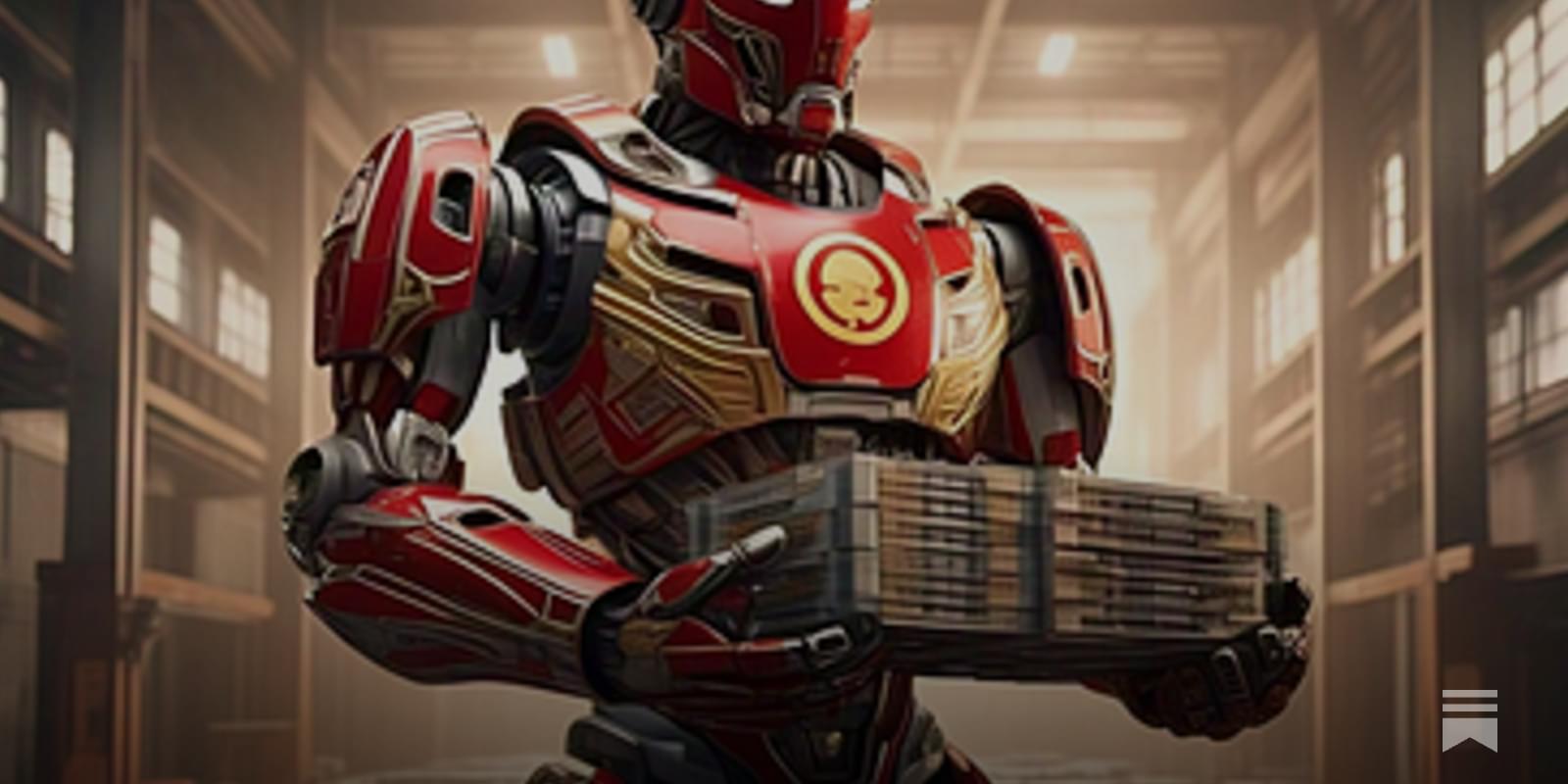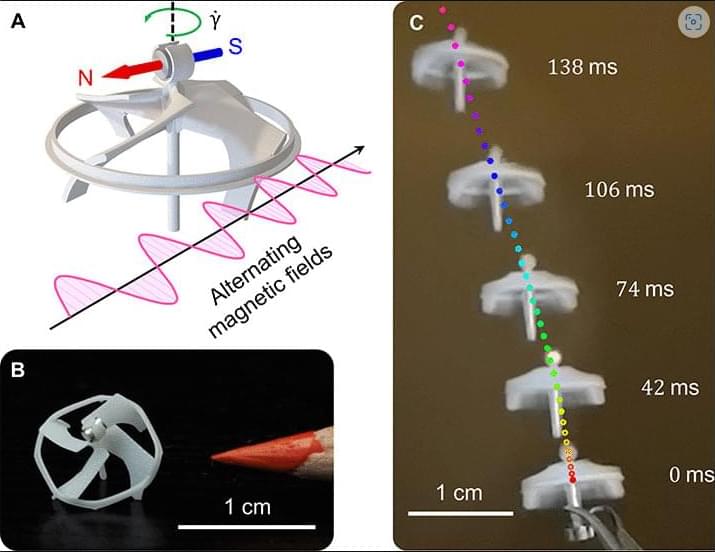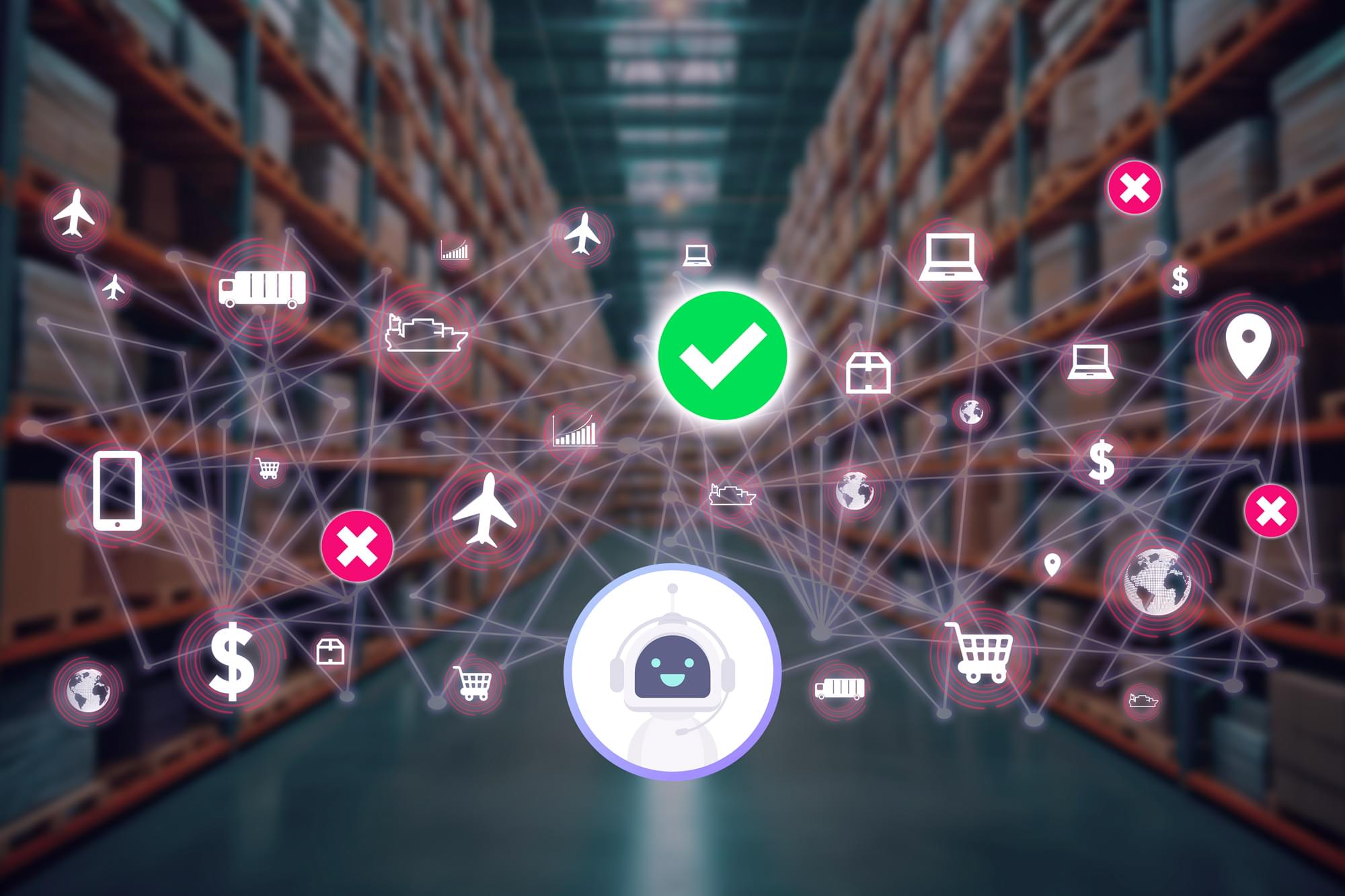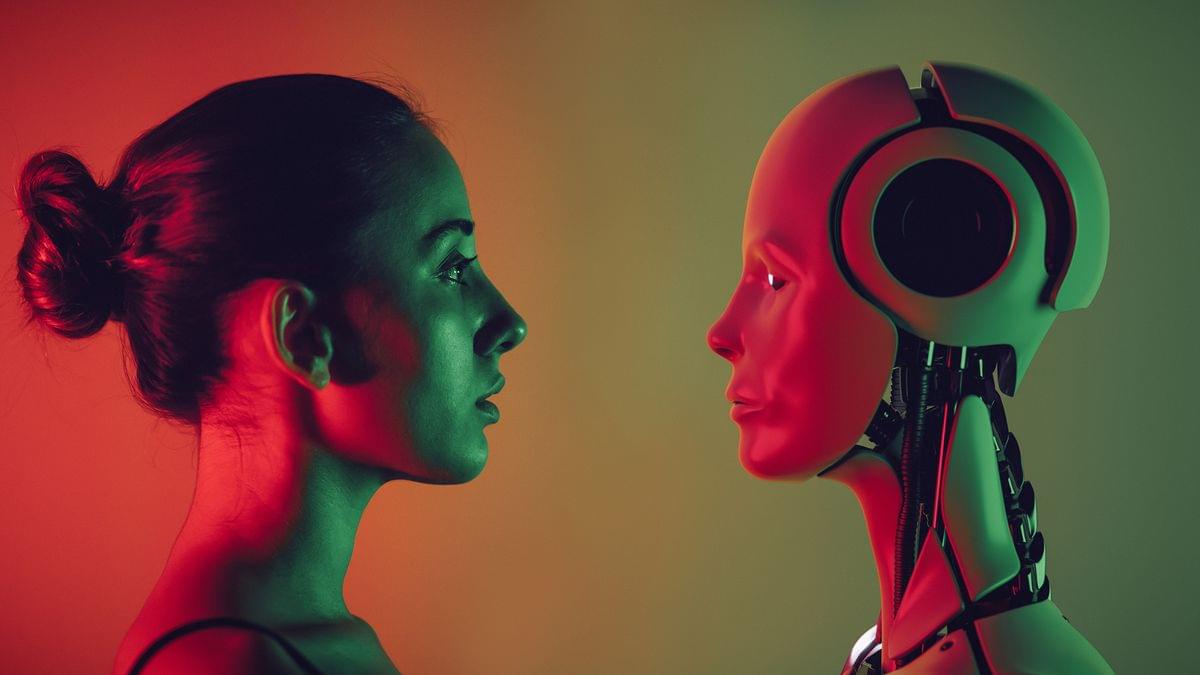Satya Nadella, CEO of Microsoft, shares the groundbreaking potential of AI Copilot — a powerful tool that’s transforming how we work. From streamlining everyday tasks to revolutionizing healthcare workflows, AI Copilot is designed to seamlessly integrate with the tools we already use, like Teams, Word, and Excel.
Satya Nadella explains how AI Copilot is helping doctors prepare for high-stakes meetings, automatically generating agendas, summaries, and even PowerPoint presentations. Plus, see how it empowers professionals to gather the latest insights, collaborate with teams, and create smarter workflows with ease.
Thank You for watching! Do not forget to Like | Comment | Share.
About the channel.
Watch us for the best news and views on business, stock markets, crypto currencies, consumer technology, the world of real estate, bullion, automobiles, start-ups and unicorns and personal finance. Business Today TV will also bring you all you need to know about mutual funds, insurance, loans and pension plans among others.
Follow us at:








